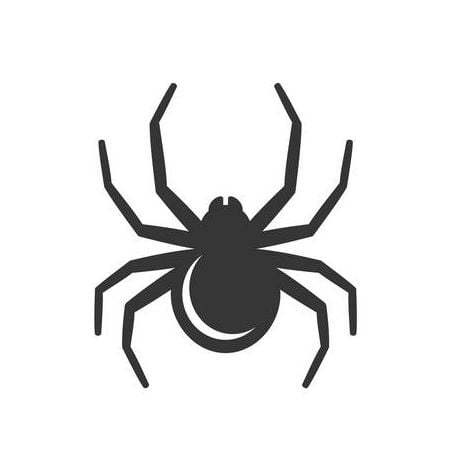Southern California. It jumps. Lost legs unfortunately trying to catch it. Released outside.
Cheiracanthium mildei would be my guess. But those usually don’t jump. (Hard to tell/ not an expert)
Yes, that would be my 2nd guess. And it’s very close.
That’s looks a lot like it, but a smaller one than pictures. The abdomen was pretty small, but those long fat ended pedipalps look similar. Sounds like they’re not deadly but painful bite and they do bite when handled so glad I didn’t take a chance. Thanks for the help!
From the general shape and leg proportion I’d guess something in Tetragnathidae. Though that doesn’t really fit with jumping.But a better picture would be needed for a proper ID.
More likley to the Cheiracanthium sp.
Thanks. Yeah I couldn’t get a better pic unfortunately. It does look like some of the pics of that species definitely “long-jawed”. Long pedipalps.
I agree it looks like tetragnathid too. Def a male, won’t be able to ID it much more than that without a microscope.
It’s absolutely harmless.
Identified as a silly little guy
Yeah looks like the pics online
The size and color make me think “black footed yellow sac spider”, a.k.a. Cheiracanthium Inclusum, but those aren’t known to jump. They can be quick runners though.
Woah it looks just like it. I think it might have been a juvenile one
It’s Max.
deleted by creator
Sorry Max. I hope they grow their legs back and soon.
Wolf spider most likely. Which? I have no clue. I see them all the time too. Their bites last a month or more when I’ve gotten bitten.
Thanks! I’ll take a look again. The wolf spider pics I saw looked like tarantulas.
Oh you’re in for a fun spider fact now!
In German (and probably more European languages) we have a spider called the “Tarantel” (Lycosa tarantula) which is one of the largest wolf spiders (and just general largest spider) in Europe.
So the entire family of tarantulas (in English) got their name from a wolf spider initially. Probably named by European explorers that didn’t know any better
Woah! That’s a big spider but looks kinda cute haha. Thanks for the fun fact.
I got bitten by a couple of these in San Clemente, caught one and brought it to someone at UC Irvine, back when there was a Bike Religion store on campus and I was they Buyer for the chain. They said it was a wolf spider. I was told there is a good bit of variance in the species that can make them difficult to identify further, but they are common to SoCal.
What happened to the bite? Just painful or any necrotic flesh or other symptoms?
Just painful, but deeply so. It looked about like a mosquito bite, but under the surface it went deeper and impacted muscles to a minor extent for around a month. I was commuting full time by bicycle and it had noticeable effects.
Damn. Don’t wanna get bit by one of these
I was told there is a good bit of variance in the species that can make them difficult to identify further, but they are common to SoCal.
That’s all correct. Wolf spiders are the second biggest family of spiders after the jumping spiders. And they are pretty much common in every part of the world that has spiders.
And while they are incredibly diverse within their family, the family itself is quite easy to identify (with only a few other families being false postives, like the aptly named false wolf spiders).
That said, while the OP’s picture isn’t good enough for an ID, you can rule out a lot of what it isn’t and that includes wolf spiders. Their legs are usually more stumpy and don’t reach the proportions of the front legs shown in the picture.
What do you think it might be then? Thanks
See the other top level comments.
deleted by creator
It looks nothing like a brown recluse, please refrain from speculating on medical significant spider IDs.
Scary fucker
If it weren’t for those long pedipalps I would have been so concerned with touching it.





